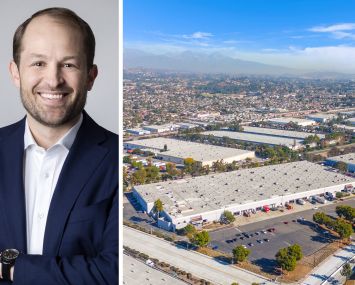 The frugality fad is fading fast.
The frugality fad is fading fast.
Bidders are dropping multimillions on Warhols at Sotheby’s; Goldman Sachs wives are preparing holiday shopping extravaganzas in anticipation of record bonuses; and in the realm of commercial real estate, tenants are spending more than $100 a square foot on office space (in which to hang their newly acquired artwork?).
Right now, an Italian Bank is negotiating for offices atop Mort Zuckerman’s monumental white marble GM Building for more than $120 a square foot. Bradesco Securities just signed a lease for $103 a square foot at Somerset Partners’ black-glassed 450 Park Avenue, according to two industry sources. And tenants are lavishing over $100 a square foot on rare office space opportunities at cachet-heavy midtown gems like the Lever House and the Seagram Building.
For those unaccustomed to commercial real estatese, consider this: a private-equity guy willing to pay $100 a square foot for his office space translates into a private-equity guy willing to pay $300 a year for the area occupied by the base of an office chair; or, put another way, a private-equity guy willing to pay $20,000 a year in rent to house his executive assistant (nota bene: this executive assistant would probably prefer to work out of a warehouse in Red Hook and have that $20,000 appended to her salary).
At any rate, $100 a square foot is a lot of money. In prelapsarian 2007, and even into 2008, when the notion of “a lot of money” lost its meaning and merely average midtown office space went for $80 a square foot, rents for these tippety-top-of-the-market spaces routinely scaled and ultimately surpassed such heights. And then, as the story goes, the economy collapsed. Soon, $100 a square foot began to seem a relic of a hedonistic society, like diamond-encrusted cell phones and $1,000 pizzas at Nino’s Bellissima.
Frugality was in! Tight-fistedness was chic. It was de rigueur to be stingy on office space.
Ironically (and somewhat paradoxically), it still is. The $100-a-square-foot deal, something veteran high-end broker Robert Emden, of PBS Real Estate, called “a psychological barrier” akin to the “10,000 Dow,” is indeed back. But in the final days of the bubble, when flush firms and the wealthy at their helms were willing to go so far as $150, $160 a square foot—and, in very, very, very rare instances, even breached the $200 mark—these $100 rents are comparative bargains, at least in the eyes of rich people.
“When they’re buying it for 20, 30, 40 percent less than they could have bought it for a year ago, that also spells something out to the client base,” Mr. Emden said.


